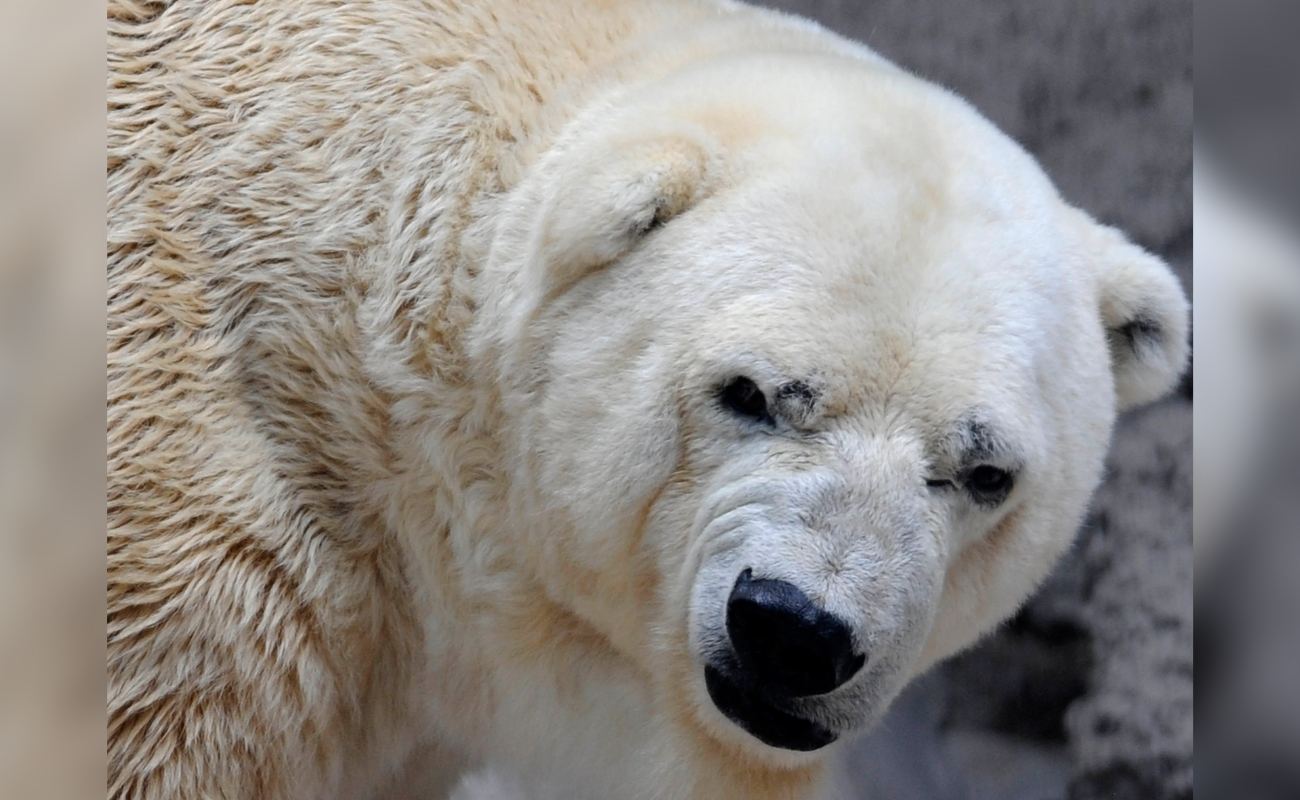
Polar bears are one of the most majestic creatures on our planet. With their thick fur, enormous size, and incredible strength, they embody the essence of the Arctic wilderness. Unfortunately, one polar bear stands out from the rest, and not for good reasons. His name is Arturo, and he has been called the “saddest animal in the world.” Let’s explore Arturo’s story and what makes him so heartbreaking.
Why is Arturo so sad?
There are several reasons why Arturo is considered the saddest animal in the world. Firstly, his living conditions are far from ideal. Polar bears are used to roaming over vast distances, hunting and swimming in the wild. Arturo’s enclosure, on the other hand, is a small concrete area with no stimulation or enrichment. He spends most of his days pacing back and forth, a common sign of stress and boredom in captive animals.
Secondly, Arturo has lost his mate. Until 2012, he lived with a female polar bear named Pelusa. The two bears were inseparable and had lived together for over two decades. However, Pelusa died of cancer, leaving Arturo alone and lonely. Polar bears are social animals, and it is natural for them to form close bonds with others of their kind. Without Pelusa, Arturo is bereft and without a sense of purpose.


Who is Arturo?
Arturo is a polar bear who was born in captivity in the United States. He was later moved to the Mendoza Zoological Park in Argentina, where he has lived for most of his life. His home at the zoo is a small, barren enclosure, which is a far cry from the vast, icy landscapes that polar bears are used to in the wild. Over the years, Arturo has become increasingly isolated and depressed, leading animal welfare advocates to call for his release.Why is Arturo so sad?
There are several reasons why Arturo is considered the saddest animal in the world. Firstly, his living conditions are far from ideal. Polar bears are used to roaming over vast distances, hunting and swimming in the wild. Arturo’s enclosure, on the other hand, is a small concrete area with no stimulation or enrichment. He spends most of his days pacing back and forth, a common sign of stress and boredom in captive animals.
Secondly, Arturo has lost his mate. Until 2012, he lived with a female polar bear named Pelusa. The two bears were inseparable and had lived together for over two decades. However, Pelusa died of cancer, leaving Arturo alone and lonely. Polar bears are social animals, and it is natural for them to form close bonds with others of their kind. Without Pelusa, Arturo is bereft and without a sense of purpose.
What is being done to help Arturo?
There has been a concerted effort by animal welfare organizations and individuals to raise awareness of Arturo’s plight and advocate for his release. However, the zoo has been reluctant to let him go, citing concerns about his health and age. At 34 years old, Arturo is considered elderly for a polar bear, and there are fears that he may not survive the journey to a more suitable environment. Despite this, there have been some positive developments. In 2016, the Mendoza Zoological Park agreed to improve Arturo’s enclosure by adding a pool and other features to make it more bear-friendly. This was seen as a small but significant step towards improving his quality of life. Additionally, there have been discussions about the possibility of transferring Arturo to a sanctuary in Canada or the United States, where he would have access to more space and a more natural environment.
Conclusion
Arturo’s story is a tragic reminder of the toll that captivity can take on wild animals. While zoos and other institutions may claim that they are providing a valuable service by educating the public and protecting endangered species, the reality is that many animals suffer in captivity. Arturo’s case is particularly poignant because it highlights the emotional and psychological impact of confinement. As we continue to learn more about the intelligence, emotions, and social lives of animals, it is incumbent upon us to reconsider the ethics of keeping them in captivity. For Arturo and other animals like him, we can only hope that a better future lies ahead.







